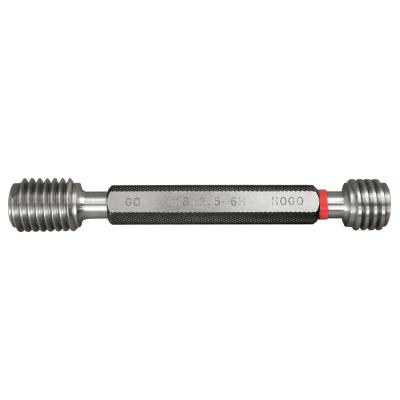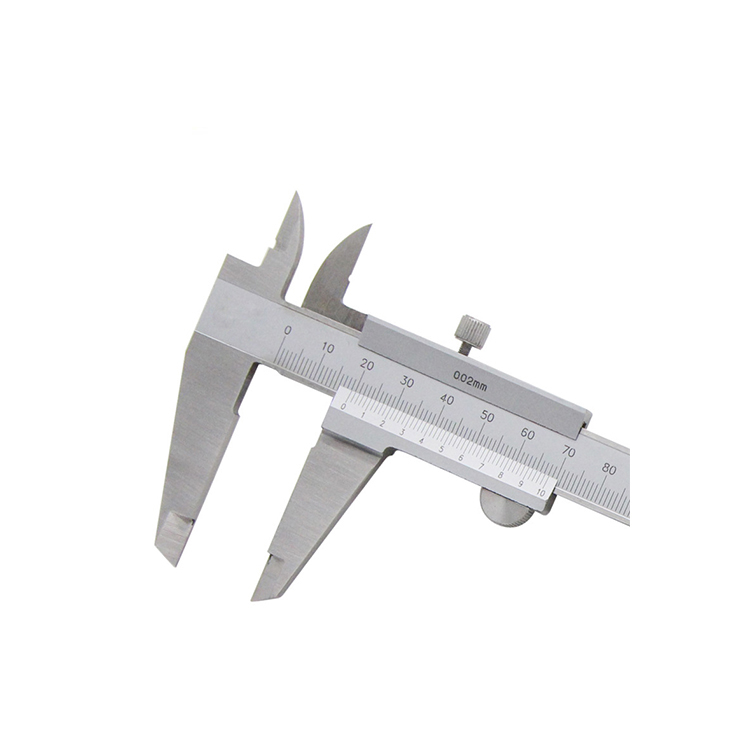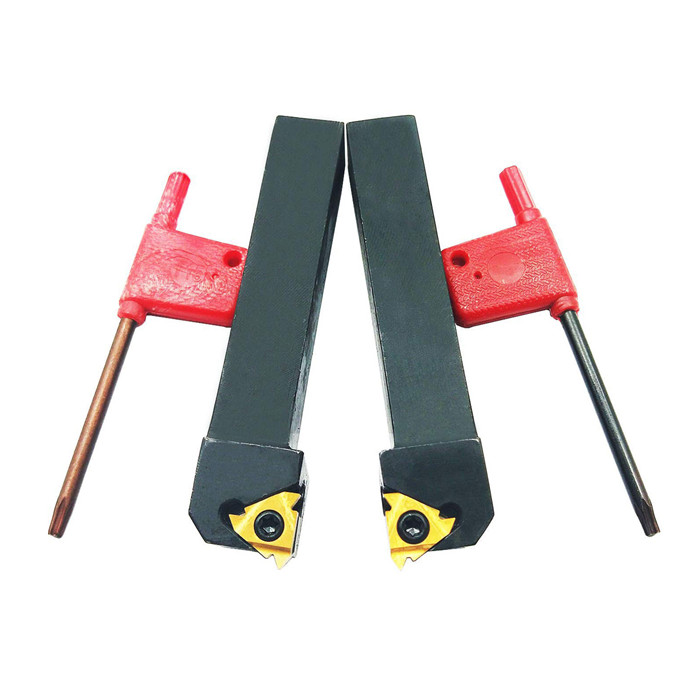Dial bore indicator Manufacturer
A dial bore indicator is a precision measuring instrument used to accurately determine the internal diameter of a bore or hole. It consists of a dial indicator, a measuring head with interchangeable anvils, and a centralizing device. It is essential for quality control in manufacturing, automotive repair, and other industries requiring precise dimensional measurements.
Understanding Dial Bore Indicators
A dial bore indicator, also sometimes referred to as a cylinder bore gauge, is designed for accurate and repeatable measurement of internal diameters. Unlike simple inside micrometers, bore gauges provide a direct reading of the size deviation from a known standard, allowing for quick and easy identification of out-of-tolerance conditions, ovality, taper, and other bore irregularities.
Components of a Dial Bore Indicator
A typical dial bore indicator consists of the following key components:
- Dial Indicator: Displays the measurement reading on a graduated scale.
- Measuring Head: Contains the contact point(s) that engage with the bore wall.
- Interchangeable Anvils: Different lengths of anvils allow the gauge to measure a wide range of bore diameters.
- Centralizing Device: Centers the measuring head within the bore to ensure accurate readings. This is frequently a spring-loaded mechanism.
- Extension Rods: Used to extend the reach of the gauge for measuring deep bores.
How a Dial Bore Indicator Works
The dial bore indicator is inserted into the bore being measured. The centralizing device positions the measuring head in the center of the bore. As the gauge is rocked or moved within the bore, the anvil(s) contact the bore wall. Any variation in the bore diameter causes the contact point(s) to move, which is then translated to the dial indicator. The dial indicator displays the deviation from the set size based on the calibration setup (usually using a setting ring or master bore). This deviation can be positive or negative, indicating the bore is larger or smaller than the set size.
Types of Dial Bore Indicators
There are several types of dial bore indicators available, each suited for specific applications.
Two-Point Dial Bore Indicators
Two-point bore gauges use two contact points to measure the bore diameter. They are generally less sensitive to ovality and taper than three-point gauges but are simpler and more affordable.
Three-Point Dial Bore Indicators
Three-point bore gauges use three contact points, providing a more accurate measurement of the bore's overall shape. They are better at detecting ovality, taper, and other irregularities.
Small Hole Gauges
Designed for measuring very small bores, typically with diameters less than 0.5 inches. These gauges often use a different mechanism than standard bore gauges, frequently relying on a lever system to amplify the movement of the contact point(s).
Choosing the Right Dial Bore Indicator
Selecting the appropriate dial bore indicator depends on several factors.
Bore Size Range
Ensure the gauge's measuring range covers the bore size you need to measure. Most manufacturers, including Wayleading Tools (though we don't directly sell bore gauges on www.wayleading.com), specify the measurement range clearly.
Accuracy and Resolution
Consider the required accuracy and resolution for your application. Higher resolution gauges provide more precise readings.
Application
The specific application will influence the type of gauge needed. For example, measuring engine cylinders requires a durable and accurate gauge that can withstand harsh conditions.
Features
Look for features like adjustable anvils, interchangeable measuring heads, and digital readouts, depending on your needs.
Using a Dial Bore Indicator Correctly
Proper use of a dial bore indicator is essential for accurate measurements.
Calibration
Before each use, calibrate the gauge using a setting ring or master bore of a known size. This ensures the gauge is zeroed correctly.
Insertion
Carefully insert the gauge into the bore, ensuring the centralizing device is properly positioned.
Measurement
Rock the gauge slightly while observing the dial indicator. The highest reading indicates the bore diameter. Take multiple measurements at different points within the bore to check for ovality and taper.
Reading the Dial
Pay close attention to the dial indicator's scale and graduation. Record the measurements accurately.
Maintenance and Care
Proper maintenance will extend the life of your dial bore indicator.
Cleaning
Clean the gauge regularly with a soft cloth to remove dirt and debris. Avoid using harsh solvents that could damage the dial indicator or other components.
Storage
Store the gauge in a protective case when not in use. This prevents damage and keeps it clean.
Lubrication
Apply a light lubricant to the moving parts of the gauge to ensure smooth operation.
Troubleshooting Common Issues
Even with proper care, issues can arise. Here are some common problems and their solutions:
Inconsistent Readings
Cause: Gauge not calibrated correctly, dirt or debris in the bore, worn anvils.
Solution: Recalibrate the gauge, clean the bore, replace worn anvils.
Sticking Anvils
Cause: Lack of lubrication, dirt or debris.
Solution: Lubricate the anvils, clean the gauge thoroughly.
Damaged Dial Indicator
Cause: Impact or mishandling.
Solution: Replace the dial indicator.
Dial Bore Indicator Manufacturers
Several reputable manufacturers produce high-quality dial bore indicators. Researching and selecting a reputable manufacturer is crucial for ensuring accuracy and reliability.
Accuracy and Specifications
Accuracy specifications for dial bore indicators vary by manufacturer and model. Some examples are shown below.
| Manufacturer | Model | Accuracy | Range |
|---|---|---|---|
| Mitutoyo | 511-703 | 0.0001' | 2-6' |
| Starrett | 829BZ | 0.0005' | 2-6' |
| Fowler | 0.0001' | 2-6' |
Note: Specifications may vary. Always refer to the manufacturer's documentation.
Conclusion
A dial bore indicator is a valuable tool for anyone needing precise internal diameter measurements. By understanding its components, types, proper usage, and maintenance, you can ensure accurate and reliable results for years to come.
Related products
Related products
Best selling products
Best selling products-
 Precision Expanding Mandrel From 9/16″ to 3-3/4″
Precision Expanding Mandrel From 9/16″ to 3-3/4″ -
 Type B Cylinder Tungsten Carbide Rotary Burr
Type B Cylinder Tungsten Carbide Rotary Burr -
 Inch HSS Step Drills with Straight Flute
Inch HSS Step Drills with Straight Flute -
 HSS Metric Plain Metal Slitting Saws For Industrial
HSS Metric Plain Metal Slitting Saws For Industrial -
 DIN4971-ISO1 Carbide Tipped Tool Bit With Right And Left Hand
DIN4971-ISO1 Carbide Tipped Tool Bit With Right And Left Hand -
 Metric HSS Annular Cutters With Weldon Shank For Metal Cutting
Metric HSS Annular Cutters With Weldon Shank For Metal Cutting -
 Precision V Block And Clamps Set With Heavy Duty
Precision V Block And Clamps Set With Heavy Duty -
 Precision Dial Caliper Of Metric & Imperial For Industrial
Precision Dial Caliper Of Metric & Imperial For Industrial -
 Type N Inverted Cone Tungsten Carbide Rotary Burr
Type N Inverted Cone Tungsten Carbide Rotary Burr -
 Precision Outside Micrometer Set With digit Counter Of Inch & Metric With Rachet Stop
Precision Outside Micrometer Set With digit Counter Of Inch & Metric With Rachet Stop -
 APKT Milling Insert For Indexable Milling Cutter
APKT Milling Insert For Indexable Milling Cutter -
 Vernier Height Gauge With Magnifier With Adjustable Main Bean
Vernier Height Gauge With Magnifier With Adjustable Main Bean









